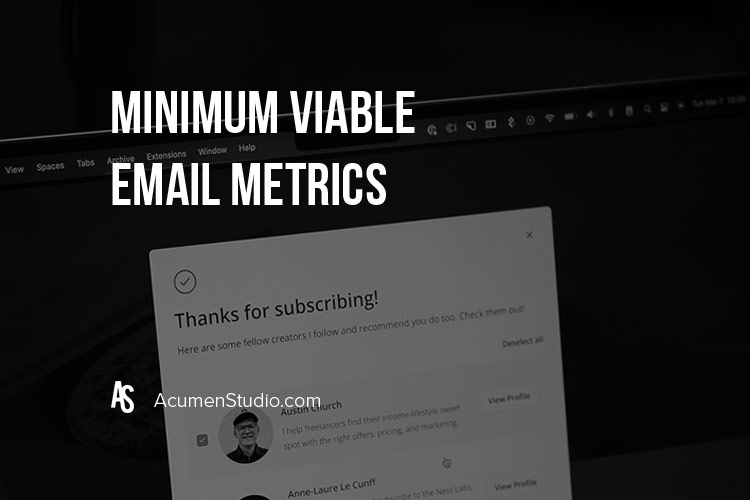Today it’s more important than ever to stand out due to a huge increase in the number of new funds saturating the market. This demands a more strategic approach to networking, brand building and lead generation. The solution lies in leveraging professional networking platforms like LinkedIn, which offers unrivaled access to investors, partners, and intermediaries. By adopting a strategic approach to LinkedIn marketing, hedge funds can increase their visibility, build meaningful connections, and ultimately drive growth.
Hedge Fund Marketing Strategy
An effective marketing strategy for a hedge fund should focus on establishing credibility, showcasing expertise, and building relationships with potential investors. This involves creating a strong brand identity that reflects the fund’s values and investment philosophy.
Content marketing plays a critical role, where data fueled articles, market analyses, and thought leadership can position the hedge fund and fund managers as industry authorities. Networking is equally important, and leveraging platforms that facilitate direct engagement with target audiences will amplify marketing efforts. By combining traditional networking with modern digital outreach, hedge funds can create a comprehensive approach that maximizes their exposure.
Additionally you can counter negative or questionable sentiment by sharing content that supports your position, decision making and investment approach.
Let’s take a look at LinkedIn specifically as a part of the marketing strategy.
Why LinkedIn is a Good Place to Market a Hedge Fund
LinkedIn is an ideal channel for hedge fund marketing to be executed on because it hosts a large network of professionals, including investors, partners, and intermediaries, who are actively seeking industry insights and investment opportunities. The platform’s advanced search and filtering capabilities make it easy to identify and connect with specific individuals or groups that align with the fund’s target audience. Additionally, LinkedIn’s professional environment encourages meaningful interactions and supports trust, which is vital in the financial space. The ability to share content, engage in discussions, and build a professional brand makes LinkedIn a powerful tool for expanding a hedge fund’s reach. Additionally, the platform’s analytics provide valuable insights into engagement metrics, allowing funds to refine their marketing strategies.
As a bonus we recommend using Google Analytics to track even more metrics about visitors who visit and engage on your website.
Tactics for Marketing a Hedge Fund on LinkedIn
There are a handful of effective tactics that hedge funds can use on LinkedIn to improve their marketing, visibility and presence online. By strategically utilizing the platform’s features, funds can connect with their target audience, increase visibility, and foster relationships that lead to investment opportunities. Here are some of the most impactful strategies…
LinkedIn Ads
LinkedIn’s advertising capabilities allow hedge funds to target a highly focused audience with precision. By leveraging the platform’s rich user data, funds can create ad campaigns that reach investors, partners, and intermediaries who are most likely to be interested in their offerings. Different ad formats such as Sponsored Content, Sponsored InMail (Message Ads), and Lead Gen Forms enable funds to present their value proposition in various engaging ways. This targeted approach ensures that marketing efforts are efficient and yield a higher return on investment. Analytics provided by LinkedIn also allow funds to monitor the performance of their ads, enabling them to optimize campaigns for better results.
Publishing Content
Regularly publishing high-quality content on LinkedIn is an effective way for hedge funds to establish thought leadership and increase visibility. By sharing articles, insights, and updates on their personal feed and through the LinkedIn content network, funds can engage with their audience and attract followers. Additionally, content published on LinkedIn can appear in search engine results, extending its reach beyond the platform. Engaging content encourages shares and discussions, further amplifying the fund’s reach across the platform. This strategy not only positions the hedge fund as an authority in the industry but also drives organic traffic to their profile and website.
Commenting on LinkedIn
Engaging with others on LinkedIn through thoughtful comments can significantly enhance a hedge fund’s visibility and reputation. By connecting with and following complementary companies, industry leaders, investors, and relevant professionals, funds can stay informed about their activities and milestones. Commenting on their posts, celebrating their achievements, and adding valuable insights to discussions helps build relationships and keeps the fund top-of-mind within the professional community. This proactive engagement not only builds relationships but also increases the visibility of the fund’s profile to the networks of those they interact with.
Use LinkedIn Groups
Participating in LinkedIn Groups is another effective tactic for hedge funds to connect with their target audience. By creating their own groups or engaging in existing ones that focus on their industry or investment verticals, funds can join conversations relevant to their niche. These groups provide a platform to share expertise, answer questions, and network with potential investors and partners. By regularly contributing valuable content and participating in group discussions, funds can establish themselves as thought leaders within these communities. Active participation in groups enhances visibility and demonstrates the fund’s commitment to the community.
Incorporating these LinkedIn marketing strategies can significantly elevate a hedge fund’s presence and attract the right opportunities for growth. By actively engaging on the platform, hedge funds can build a strong professional network that supports their long-term fund growth objectives.
If You Are Looking to Focus on Getting More Visibility, Traffic, Leads, Sales or Have Questions, Call Us at 866-357-7422
Or Submit your information below




